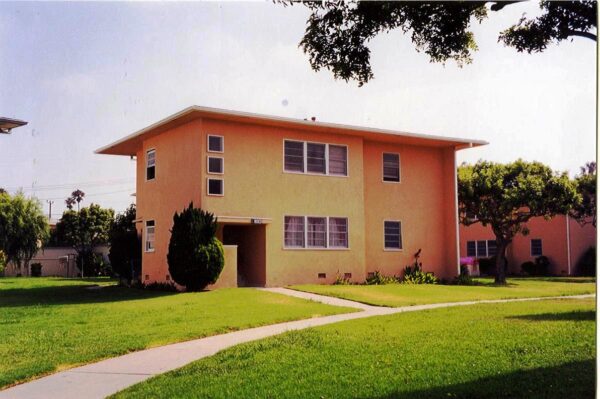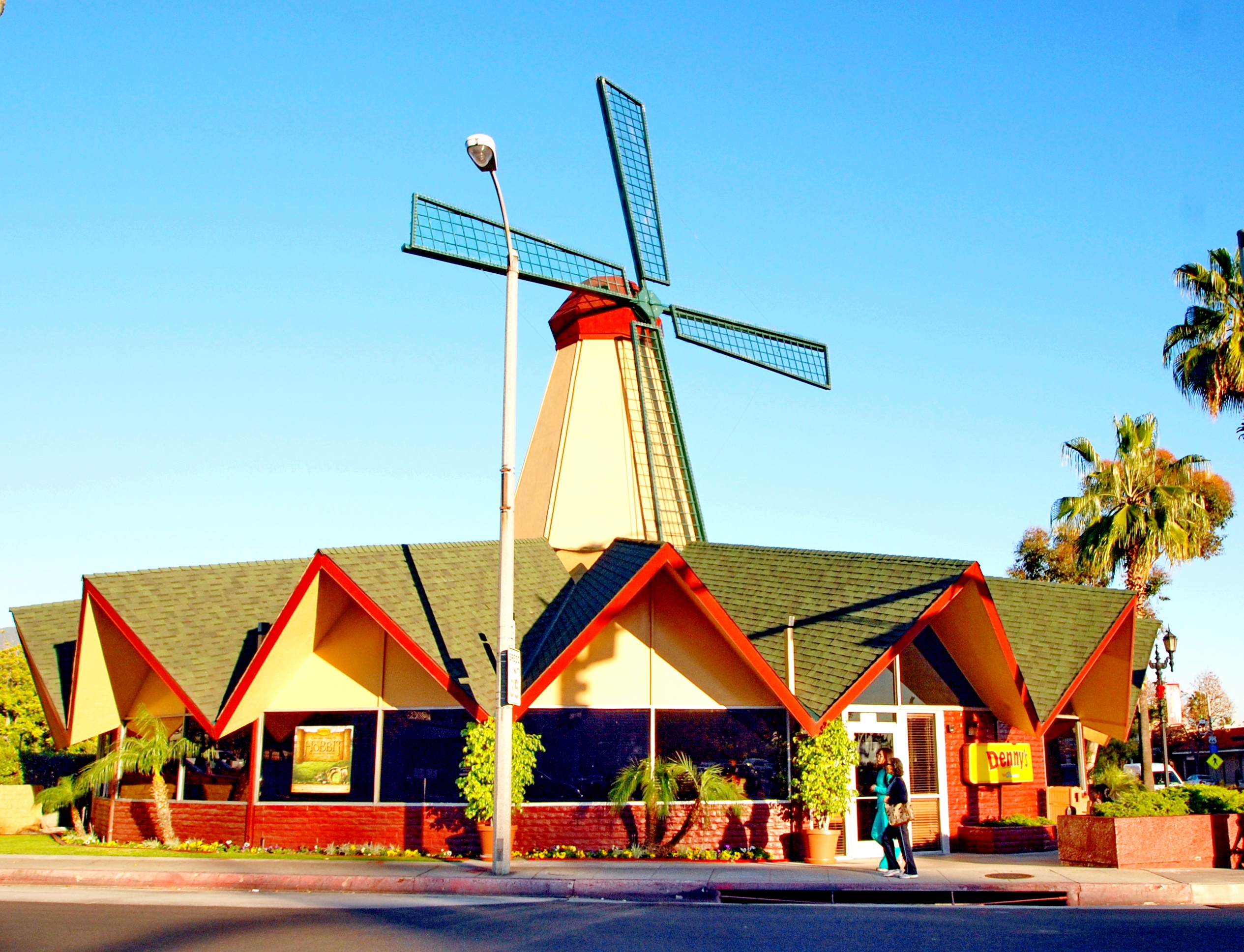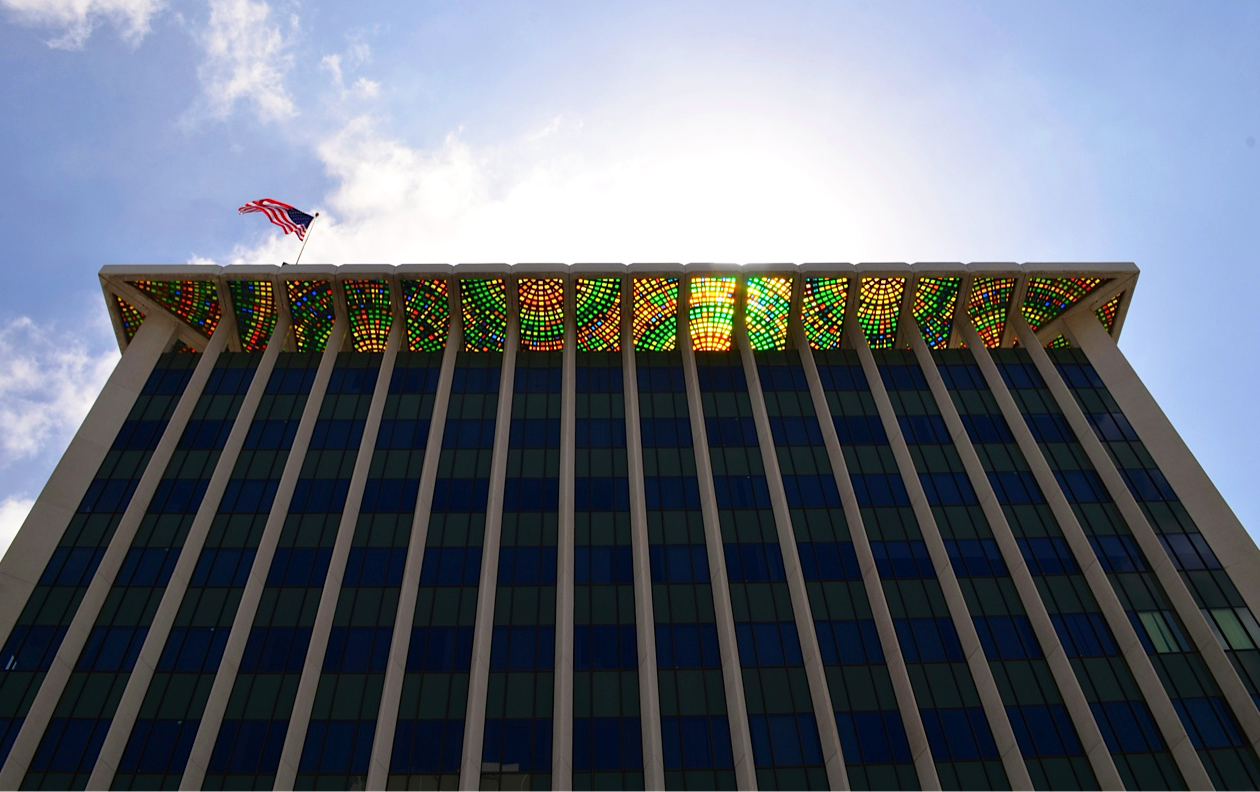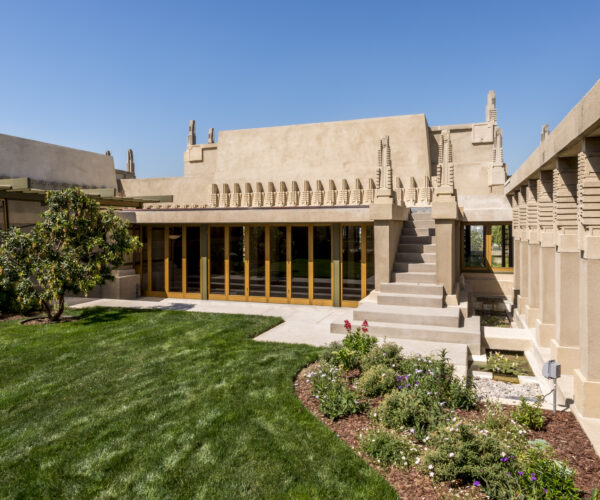
Place
Lincoln Place
This thirty-eight acre garden apartment in Venice still stands thanks to the Lincoln Place Tenants Association and the Conservancy's Modernism Committee.
Resolved
After a decade-long saga, this garden apartment was rehabilitated and units were brought back online.


Place Details
Address
Architects
Style
Decade
Property Type
Attributes
Community

Lincoln Place | Ingrid E. Mueller
Overview
August 14, 2014, marked the reopening of Lincoln Place, a historic 38-acre, 1951 garden apartment in Venice. After a decade-long saga, all of the existing buildings were rehabilitated, and rent-stabilized units that had been removed from the market returned to active use.
Congratulations to the Lincoln Place Tenants Association and our longtime Modern Committee (ModCom) volunteers who worked so hard to make this happen!
A special thanks to Amanda Seward for her leadership as the ModCom residential committee chair and her work on the California Register nomination. We also want to thank Aimco for committing to preserve and reinvest in this unique community.
Former Los Angeles Mayor Antonio Villaraigosa said of the project,
“…it will serve as a model locally and nationally for sustainable rehabilitation of older, low-rise rental housing while providing green jobs in Los Angeles.”
About This Place
About This Place
Completed in 1951 by architect Heth Wharton and pioneering African-American designer Ralph Vaughn (both of whom also designed Chase Knolls Apartments in Sherman Oaks and North Hollywood Manor), Lincoln Place was the largest development in California financed under a historic mortgage insurance program administered by the Federal Housing Administration (FHA).
The buildings at Lincoln Place are designed in a vernacular modern style, with two-story dwellings and some one-story bungalows.
The fight to save Lincoln Place began in 1999 when the then-owner of Lincoln Place used the Ellis Act to evict 300 families while their project to demolish the apartments went through the City. Over a decade, it evolved into an epic preservation battle with illegal demolitions, several lawsuits, and multiple hearings before the State Historical Resources Commission. While the buildings were ultimately preserved, displaced tenants did not return to their homes.
Our Position
The threat to Lincoln Place first came to the attention of the Conservancy through our Modern Committee (ModCom) in 2001, when the previous owner initiated a renovation and redevelopment plan incompatible with the complex’s modernist design.
The plans transformed into a full-scale demolition and redevelopment plan to build hundreds of market-rate condominiums, and ownership changed hands to Denver-based Aimco (Apartment and Investment Management Company), the nation’s largest apartment-holding company.
The owner rehabbed the remaining forty-five historic buildings and constructed thirteen new ones in the place of the ones that had been demolished. The project demonstrates that if done correctly, old and new construction can co-exist harmoniously in garden apartment communities. This extraordinary project earned Lincoln Place a Conservancy Preservation Award in 2015.
The Historic Preservation agreement details development restrictions and rehabilitation requirements to historic standards. The City Council’s approval also allowed Aimco Venezia to construct ninety-nine new units to replace demolished units.




















